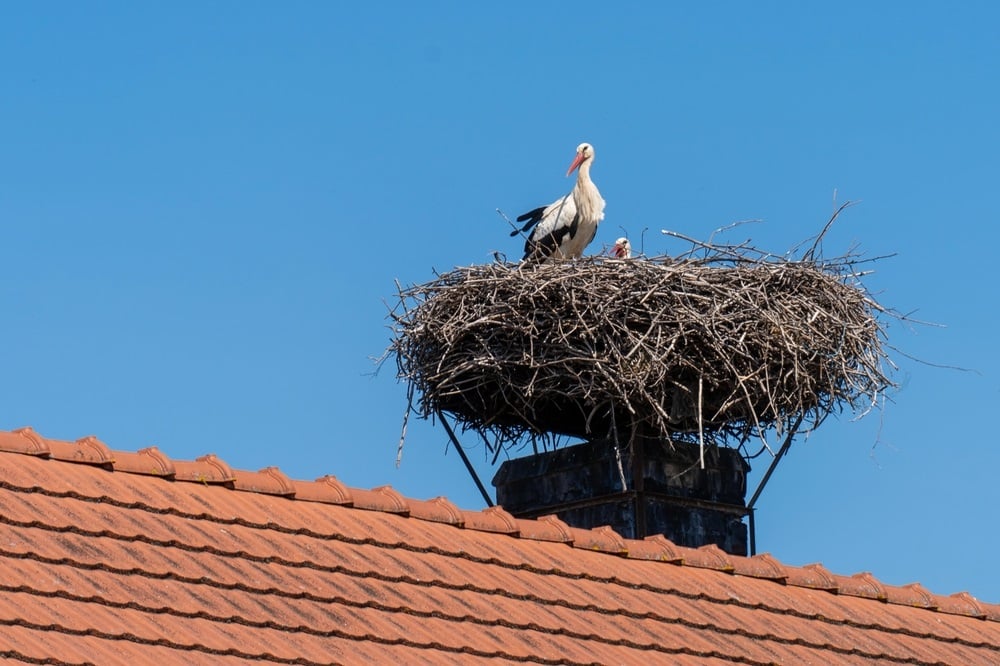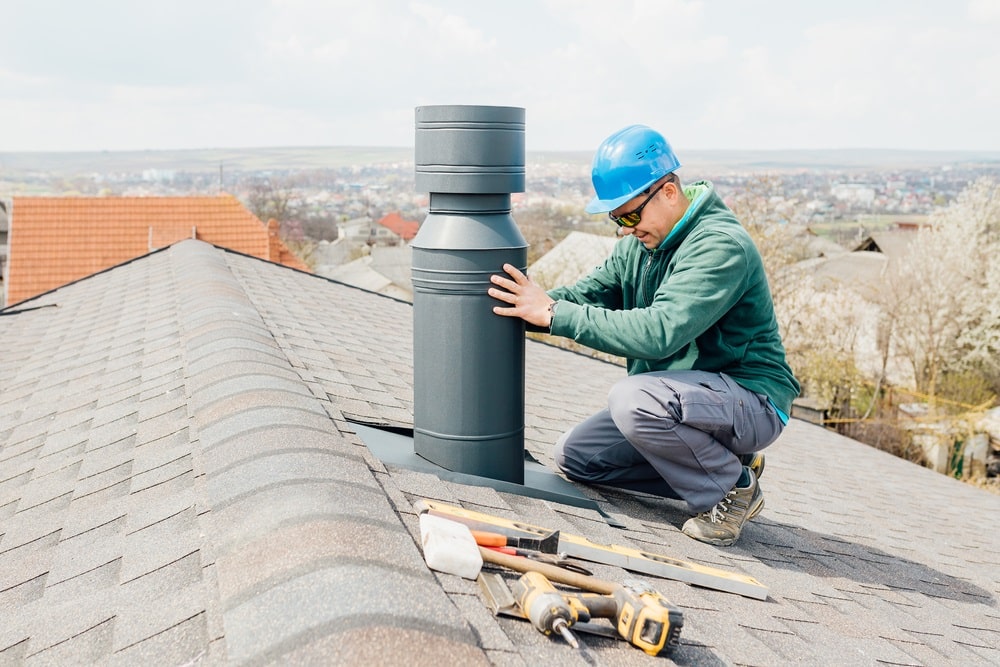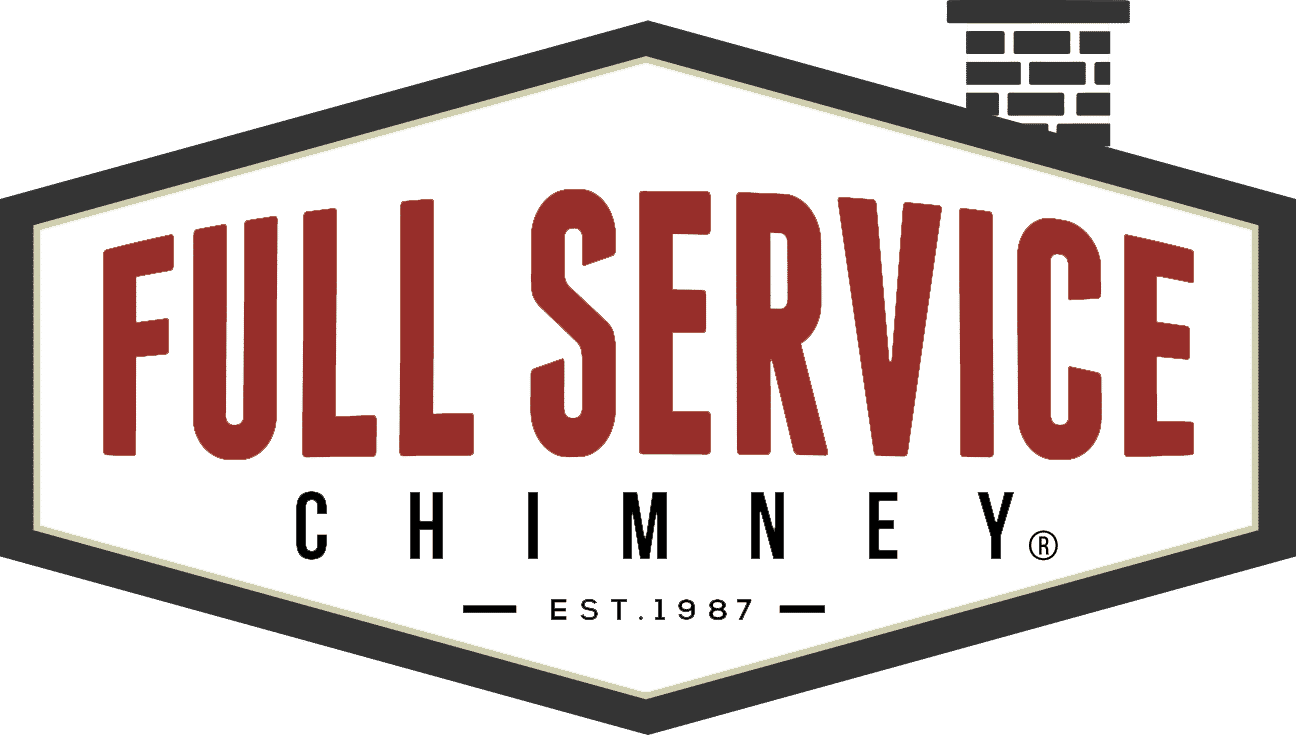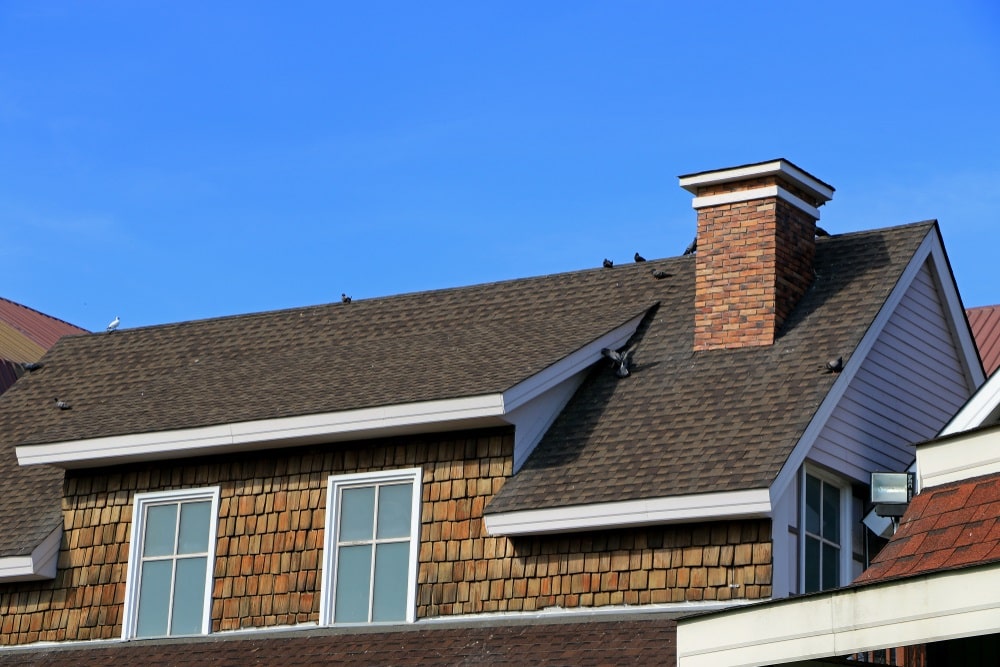Spring is a wonderful time of year, filled with blooming flowers, warmer temperatures, and the promise of fresh starts. However, it’s also a season that brings unique challenges to homeowners, particularly regarding the health and performance of chimneys.
With the changing weather patterns, particularly in spring, it’s essential to understand how temperature fluctuations, increased moisture, animal activity, and shifts in airflow can all impact your chimney. By recognizing these effects, homeowners can take proactive steps to ensure their chimneys remain in excellent condition, safeguarding their homes against potential hazards.
The Effects of Temperature Fluctuations
As spring unfolds, homeowners often experience wild swings in temperature. Days can feel like summer, while nights can still bring a chill. This fluctuation doesn’t just impact your comfort; it also affects your chimney in several significant ways:
Material Expansion and Contraction: Most chimney materials, including brick, stone, and mortar, expand when heated and contract when cooled. This cycle can lead to:
-
-
-
- Cracks in the masonry.
- Separation of joints in the brickwork.
-
-
Stress on Structural Integrity: The constant transitioning between warm and cold can create stress within the chimney structure. When cracks form, they can allow moisture to seep in, leading to even greater damage over time.
Need for Regular Inspections: As a homeowner, it’s crucial to schedule a thorough inspection of your chimney as winter gives way to spring. Trained professionals can assess any potential cracks or weaknesses, ensuring your chimney remains structurally sound.
Increased Moisture Levels
Spring is notorious for its rains and melting snow, which can significantly raise moisture levels in the air. While moisture is necessary for life, too much can spell trouble for your chimney:
Moisture’s Impact on Chimney Components:
-
-
- Chimney Liners: Excess moisture can damage the integrity of chimney liners, diminishing their ability to carry smoke safely out of your home.
- Masonry Damage: Bricks and mortar are porous. When they absorb water, they can weaken and lead to crumbling or spalling.
-
Mold and Mildew Growth:
-
-
- Trapped moisture inside your chimney can create a breeding ground for mold and mildew, which can affect air quality in your home.
- Mold can lead to respiratory issues for inhabitants, making regular maintenance essential.
-
Waterproofing Solutions:
-
-
- Consider applying a waterproof sealant to your chimney and installing a quality chimney cap to prevent water entry. This way, you can significantly reduce moisture infiltration, mitigating potential damage from the spring rains.
-

Animal Activity and Nesting Behaviors
Spring is a time of renewal—not just for plants, but also for animals. With the warming weather, many creatures emerge from hibernation and move about looking for nesting spaces. Here’s why this is significant for your chimney:
Increased Nesting Opportunities:
-
-
- Birds and small animals often see chimneys as cozy places to establish their nests.
- Blockages can occur, leading to dangerous smoke backdrafts or even the risk of chimney fires due to nests catching fire.
-
Common Problems:
-
-
- Blockages: Debris from nests can obstruct the proper flow of smoke and gases, creating hazardous conditions inside your home.
- Damage: Animals may claw and scratch at chimney flues, leading to potential repairs or replacements.
-
Preventative Measures:
-
-
- Chimney Caps: Installing a sturdy chimney cap is one of the best defenses against animal invasions. They serve as barriers, keeping critters out while allowing smoke to escape.
- Regular Inspections: Schedule seasonal inspections to ensure there are no signs of animals nesting inside your chimney, catching any potential issues before they escalate.
-
Changes in Airflow and Ventilation
As spring arrives, the warmer weather can alter the dynamics of airflow in your chimney and fireplace:
Airflow Dynamics:
-
-
- Warmer air rises more efficiently, which can change the way your fireplace pulls air through the chimney. An efficient airflow system is critical to ensuring that smoke is vented from the home effectively.
-
Poor Ventilation Issues:
-
-
- If airflow becomes obstructed, homeowners may experience smoke back-drafting into living spaces. Signs can include a smoky smell, soot accumulation, or discomfort while using the fireplace.
-
Solutions for Proper Ventilation:
-
-
- Ensure that both the chimney and fireplace are free from obstructions.
- Consider installing vent dampers or seeking advice from professionals about improving ventilation in your chimney system.
-
Seasonal Checklist for Homeowners
Taking preemptive action is vital in maintaining a healthy chimney during the spring. Here’s a handy checklist to help ensure your chimney is ready for the season ahead:
Schedule a Professional Inspection:
Have a certified chimney sweep inspect the entire system for cracks, blockages, and performance issues.
Check the Chimney Cap:
Inspect the condition of the chimney cap and replace it if worn or damaged.
Look for Signs of Moisture Damage:
Examine the exterior of your chimney for signs of water infiltration, such as staining or efflorescence.
Test Airflow:
Light a small fire or use smoke from incense to see if there’s proper draw in the chimney.
Clear Surrounding Areas:
Ensure that there are no overhanging branches or debris near your chimney that could hinder airflow or introduce animals into your chimney.
Regularly evaluating your chimney with this checklist can prevent small issues from escalating into larger, more costly repairs.

Conclusion
Understanding how spring weather impacts chimney health and performance is vital for safeguarding your home. Temperature fluctuations, increased moisture, animal activity, and changes in airflow can all contribute to potential damage and hazards if not addressed promptly.
By recognizing these seasonal challenges, you can take proactive steps to maintain your chimney’s integrity, ensuring it continues to serve you well. Don’t hesitate to schedule those necessary inspections and stay ahead of seasonal changes.
Remember, a well-maintained chimney isn’t just about protecting your property; it’s about creating a safe, healthy living environment for you and your loved ones. Don’t wait until summer to check; spring is the perfect time to ensure your chimney is ready for the warmer months ahead!

